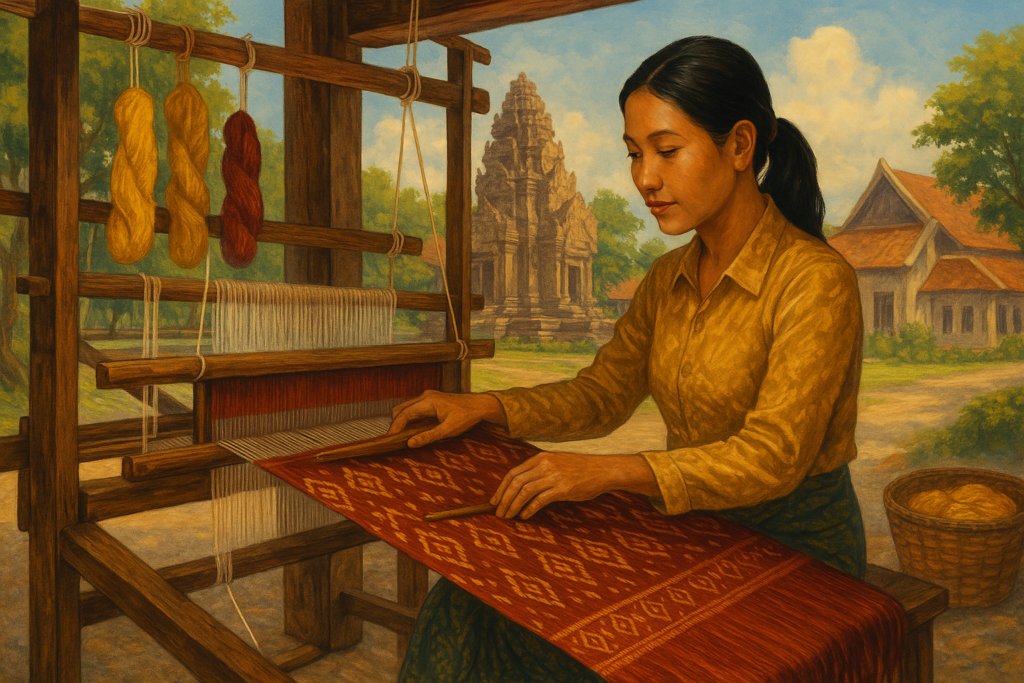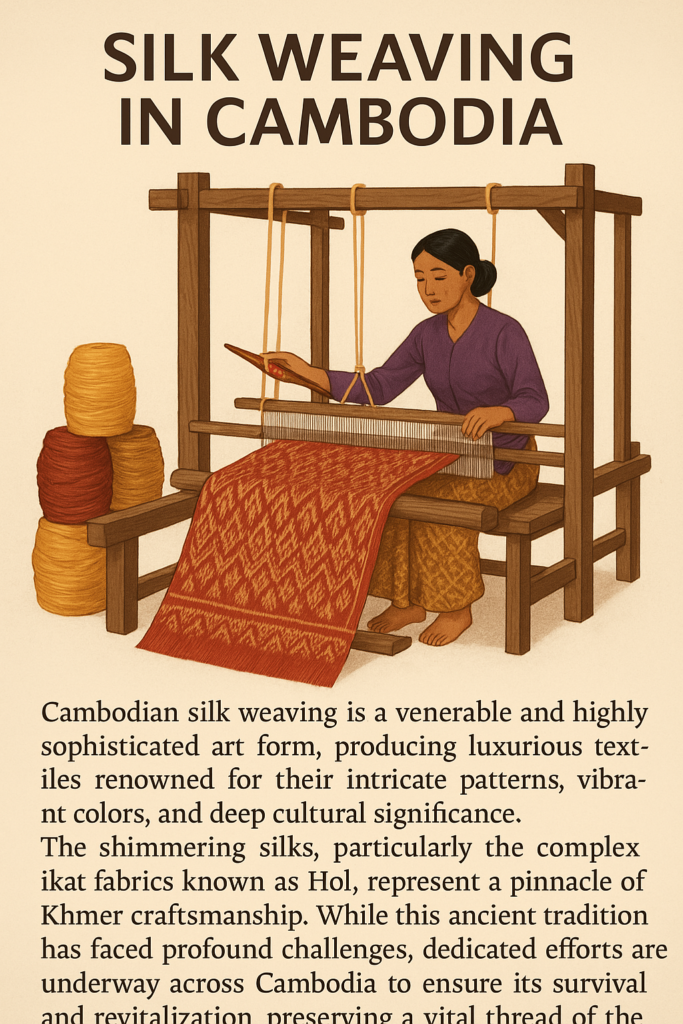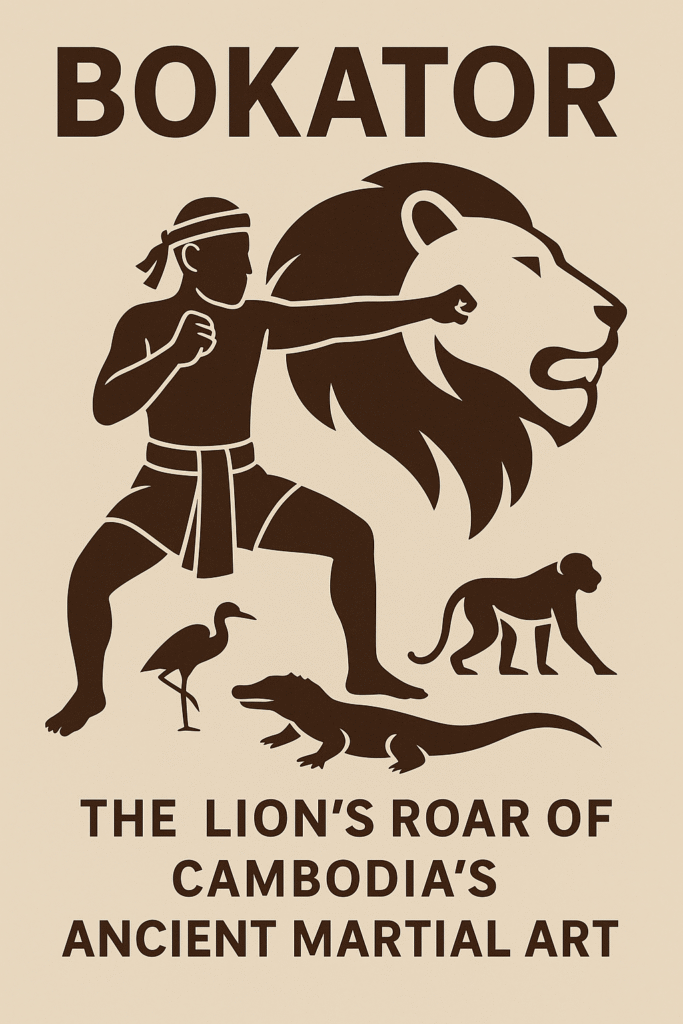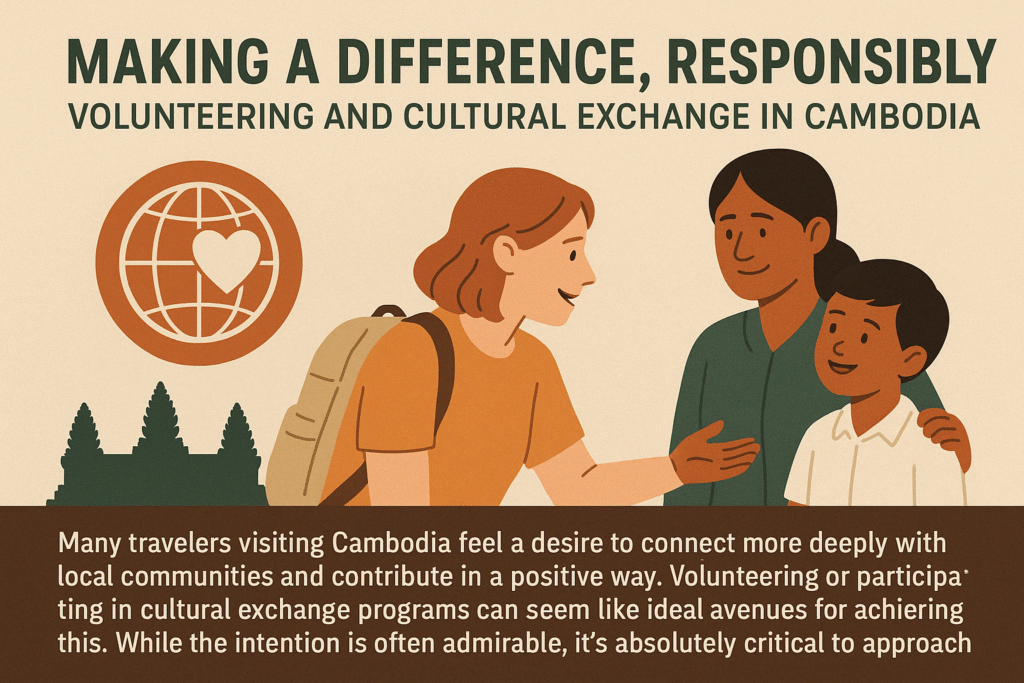April 5, 2025
The Future of Traditional Khmer Textiles
The story of traditional Khmer textiles in the 21st century is one of remarkable resilience, revival, and adaptation. After facing devastation during the Khmer Rouge era, Cambodia’s ancient weaving traditions, particularly silk production and the intricate art of Ikat (Chong Kiet), are navigating a future shaped by dedicated preservation efforts, contemporary creative energy, global market forces, and the pervasive influence of tourism. The path forward involves a delicate balance: honoring centuries-old heritage while ensuring its relevance and viability in a rapidly modernizing world – a dynamic visible across the country, including in culturally significant centers like Battambang. Nurturing the Roots:











